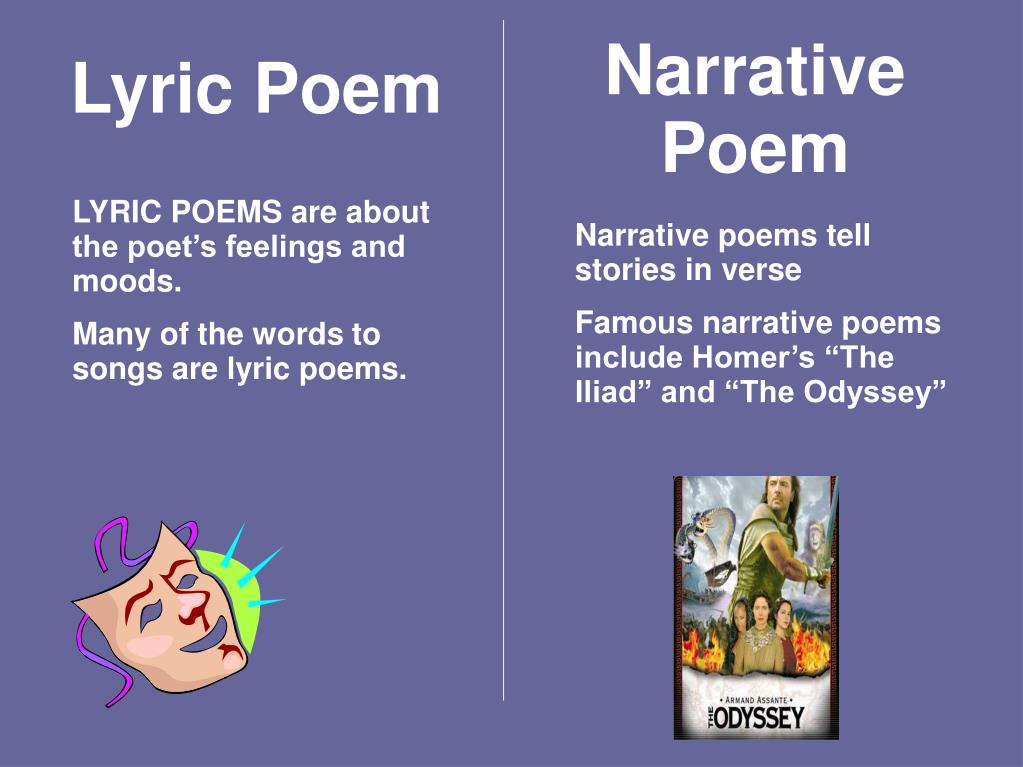
Among the common lyric forms are the sonnet, ode, elegy, haiku, and the more personal kinds of hymn. Lyrics may be composed in almost any metre and on almost every subject, although the most usual emotions presented are those of love and grief. Lyric poetry is the most extensive category of verse, especially after the decline-since the 19th century in the West-of the other principal kinds: narrative and dramatic verse. In ancient Greece, a lyric was a song for accompaniment on the lyre, and could be a choral lyric sung by a group (see chorus), such as a dirge or hymn the modern sense, current since the Renaissance, often suggests a song-like quality in the poems to which it refers. Every poem is an attempt to answer this question, and when we are confronted with questions of such magnitude and scope, it is often best to defer to something that has-as Rilke says we must-lived those questions to their depths.-Joseph Fasano in “ Supernovae and Dark Stars: Some Notes on Universality in the Lyric Poem”Įros is often the fuel of the lyric imagination, which chooses to use words, sentences, musical structures of language to re/member the beloved, to enter that inexhaustible source of-not uniquely "carnal"-knowledge which is another person's body and mind.In the modern sense, any fairly short poem expressing the personal mood, feeling, or meditation of a single speaker (who may sometimes be an invented character, not the poet).

#Types of lyric poetry how to#
This is the question essential to the lyric poem: how to make the particular universal, or, better said, how to discover the universal in the particular. So some of the ongoing discussions and debates about whether or not this or that song is also a poem, or this or that songwriter is also a poet intrigue and vex me in equal parts because I haven’t felt the attraction to debating the borders of genre, or, more important, to making some definitive decision about the topic.-Claudia Emerson in “ Lyric Impression, Muscle Memory, Emily, and the Jack of Hearts” The same goes for song, for music itself. We all know that poetry is not one thing the spectrum from lyric to narrative in the category of "poem" is vast and encompasses much so, too, the spectrum of formal to freer verse. Other famous examples of lyric poems include Edgar Allan Poe’s “The Raven,” Henry Wadsworth Longfellow’s “My Lost Youth,” and Samuel Taylor Coleridge’s “Ode to Dejection.” Percy Bysshe Shelley’s “ Ode to the West Wind” is a great example of a Pindaric and one of the most celebrated odes of the English language. There are three typical types of odes: the Pindaric, Horatian, and Irregular.

The ode, a formal address to an event, a person, or a thing not present, is another common branch of lyric poetry. William Wordsworth’s “ The World Is Too Much With Us” is a great example of a sonnet adapted, at the time, for the 19th century. Sir Thomas Wyatt and of course William Shakespeare helped popularize the classical form for English audiences. Lyric poetry appears in a variety of forms, the most popular of which is arguably the sonnet: traditionally, a fourteen-line poem written in iambic pentameter. To burn and throb and be quelled for an hour “This thing called love, like the ache of a wound Classical musician-poets from the Archaic Greek period include Sappho, one of the most widely regarded lyric poets of all time. Most typically accompanying the lyre, a harp-like instrument from which lyric poetry derives its name, these poems would also be sung to other instruments and other times recited.

The lyric was far shorter, distinguished also by its focus on the poet’s state of mind and personal themes rather than narrative arc. Lyric poetry began as a fixture of ancient Greece, classified against other categories of poetry at the time of classical antiquity: dramas (written in verse) and epic poems. Historically intended to be sung and accompany musical instrumentation, lyric now describes a broad category of non-narrative poetry, including elegies, odes, and sonnets.

Lyric poetry refers to a short poem, often with songlike qualities, that expresses the speaker’s personal emotions and feelings.


 0 kommentar(er)
0 kommentar(er)
